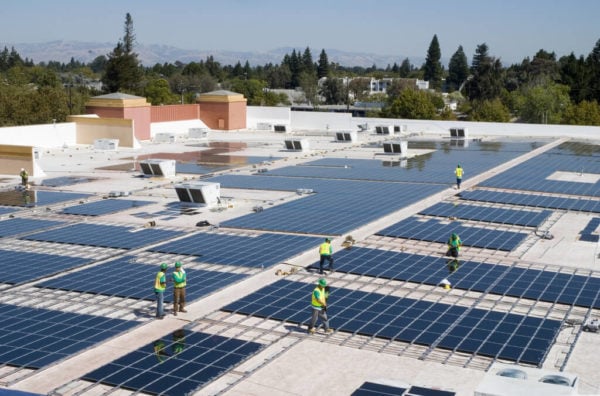Alt-week peels back the covers on some of the more curious sci-tech stories from the last seven days.
The lure of gold, the unpredictable weather and the power of invisibility. What do these three things have in common? We'd argue their almost universal appeal to the human race. Science makes headway in all three of these areas in this edition. On top of that there's a really, incredibly, massive prime number. This is alt-week.
The hunt for gold's spun many a tale of rags to riches and even woven its way into our folklore. We bet, however, that (like us) many didn't know that gold production can take place at a microbial level, with much more than just the family farm at stake. Delftia acidovorans is a bacteria that lives in the biofilm environment found atop gold deposits. But, its luxurious choice of habitat also presents a real danger -- as gold ions are also fatally toxic to the bug. No biggie though, as the clever bacteria has turned alchemist, by creating a chemical -- a protein called delftibactin -- that converts the ions into gold nanoparticles. We know what you're thinking, and we're right ahead of you. So are the people behind the team that discovered this activity, with Nathan Magarvey from McMaster University suggesting that this could, indeed, have uses for the discovery and extraction of gold in natural sources. Given the tiny amounts that are being talked about, there'll be no worries about a modern gold rush, but, if harnessed correctly, it's thought the critters could play a role in recovery of, or as a biosensor for the shiny stuff in the future.

What's the biggest prime number you can think of? If like us, it's no bigger than 131 (okay, we even had to wiki that), then don't worry, you're not alone. There are, however, mathmatical minds that dedicate themselves to this very pursuit -- albeit with the use of technology. The largest known such number is 257885161 − 1, is 17 million digits long, and was recently discovered by a bunch of computers in Missouri taking part in the Great Internet Mersenne Prime Search (GIMPS). Not sure how big a number like that is? Well, it reportedly took the computer array that discovered it 39 days to double check that it was actually prime. Our heads are hurting just thinking about that. The previous largest prime was apparently "just" 13 million digits long -- still some 12,999,997 longer than our best effort.

Invisibility is possibly the holiest of holy grails for many young (or once young) fertile minds. Sadly, it still seems like the cloak of our dreams is still some way out. Much of the current work in invisibility is concentrating on the visual aspect -- directing photons etc. Recently announced work at the Institut Fresnel in Marseille, France, however, has used a similar idea to create a "seismic invisibility cloak" that could help protect structures against earthquakes and more. The team drilled an array of 200 meter-deep boreholes, filled them with clay silt, and then set up acoustic monitoring of the area. To test their theory, 50 Hz waves with a 14mm displacement were emitted from one side, allowing them to measure what was received on the other. The result? According to the researchers, the waves were diverted away well, with almost nothing making its way past the second round of boreholes. The experiment is only designed to work with waves at a certain frequency, and there is the issue of dealing with where the reflections actually go (potentially other nearby structures?), but, for now, this represents a promising stretch in the right direction.

Dutch researchers at Wageningen UR have published results of their work that repurposed mobile network infrastructure to provide detailed, real-time rainfall maps. By monitoring the water-induced attenuation between mobile transmitters and receivers a surprisingly accurate gauge of rainfall intensity was recorded. The work could benefit the measurement of surface precipitation in areas where radar is either not present, or not viable (assuming a mobile network exists there also). This could help the management of water resources, climate research and, of course, weather prediction. The team's example used just one Dutch national network to demonstrate the method, but are keen to stress that due to the proliferation of these Tx / Rx network links around civilised areas generally, there's a wealth of resource sat there untapped.













